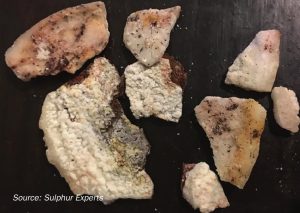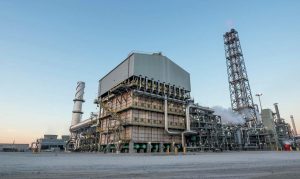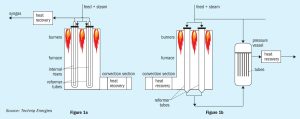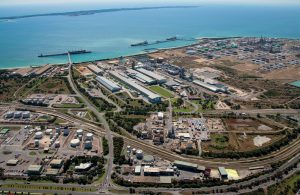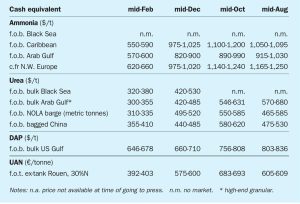
Market Insight
Market Insight courtesy of Argus Media. Urea: Scarcity continued to drive urea prices higher in some markets at the end of April. The US market remains short on urea and prices spiked to reflect this. Nola barges for April were trading as high as $450/st f.o.b. ($490/t cfr), 55 percent up on this year’s low point. Southeast Asia remains short on urea too, amid planned and unplanned turnarounds, with one cargo trading at around $345/t f.o.b.



